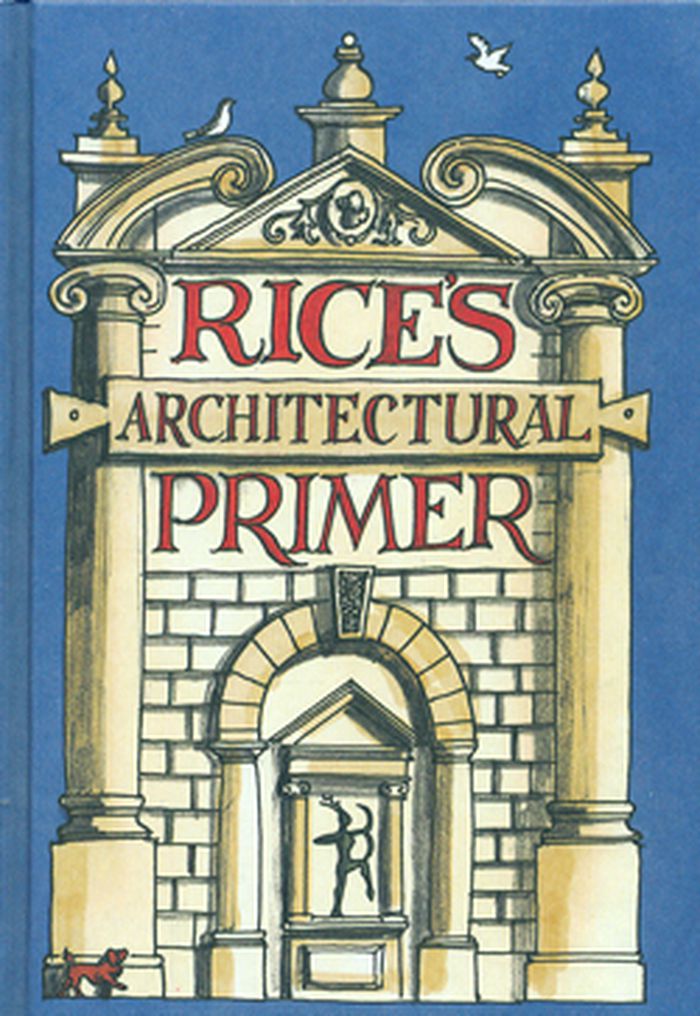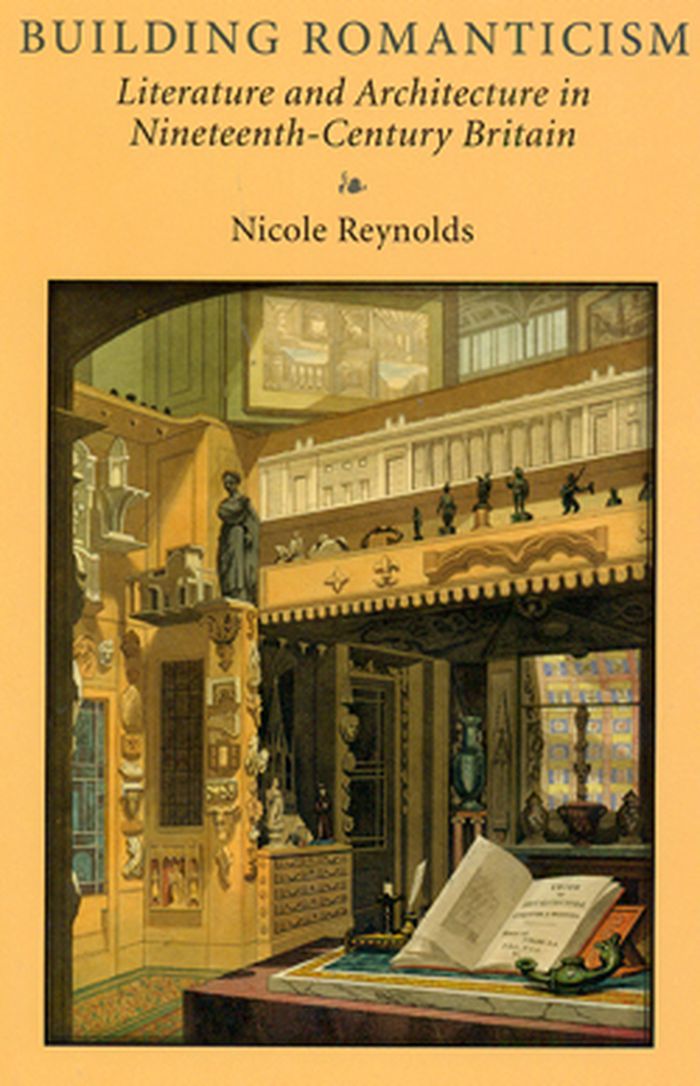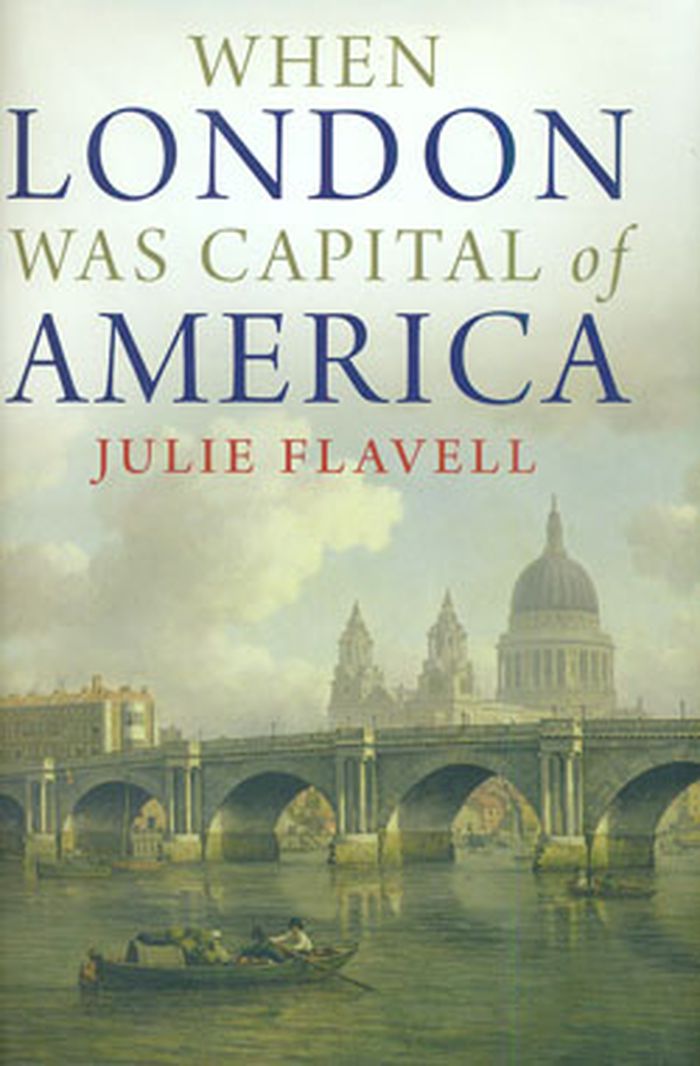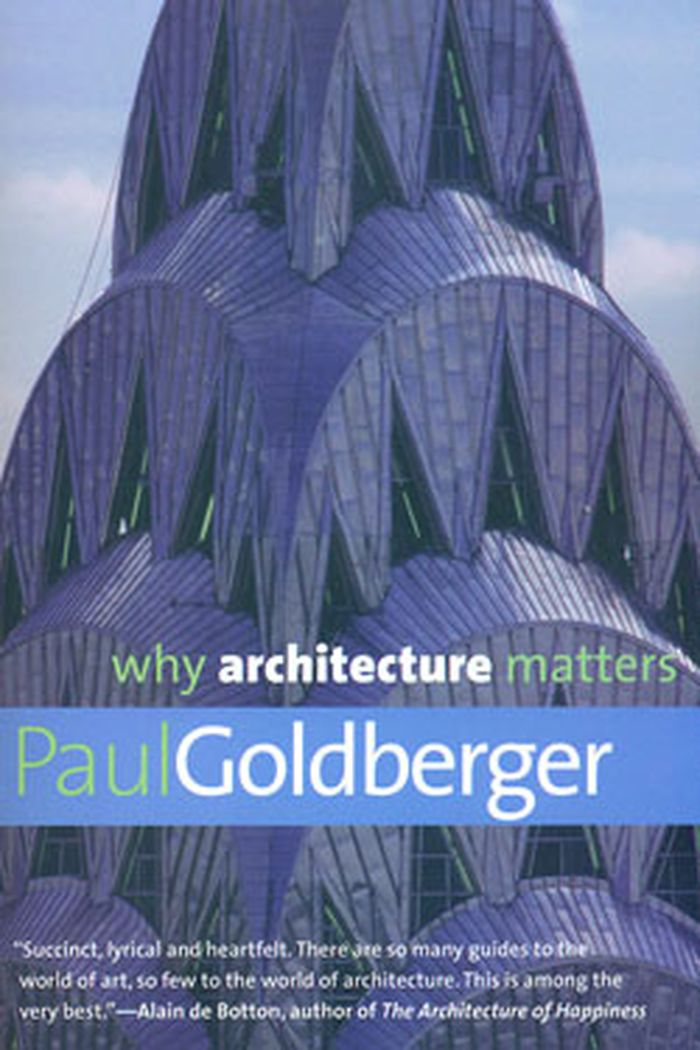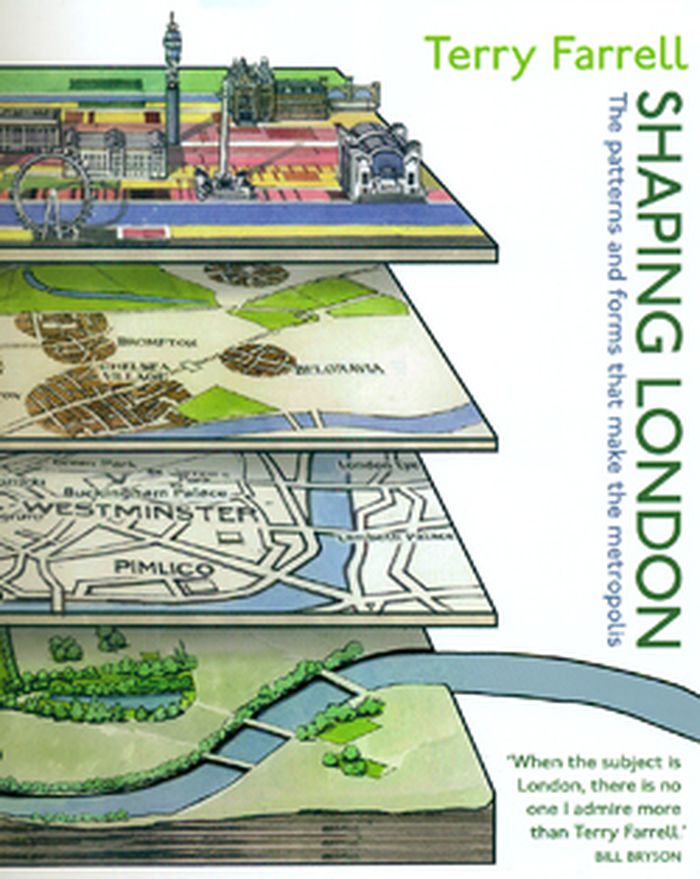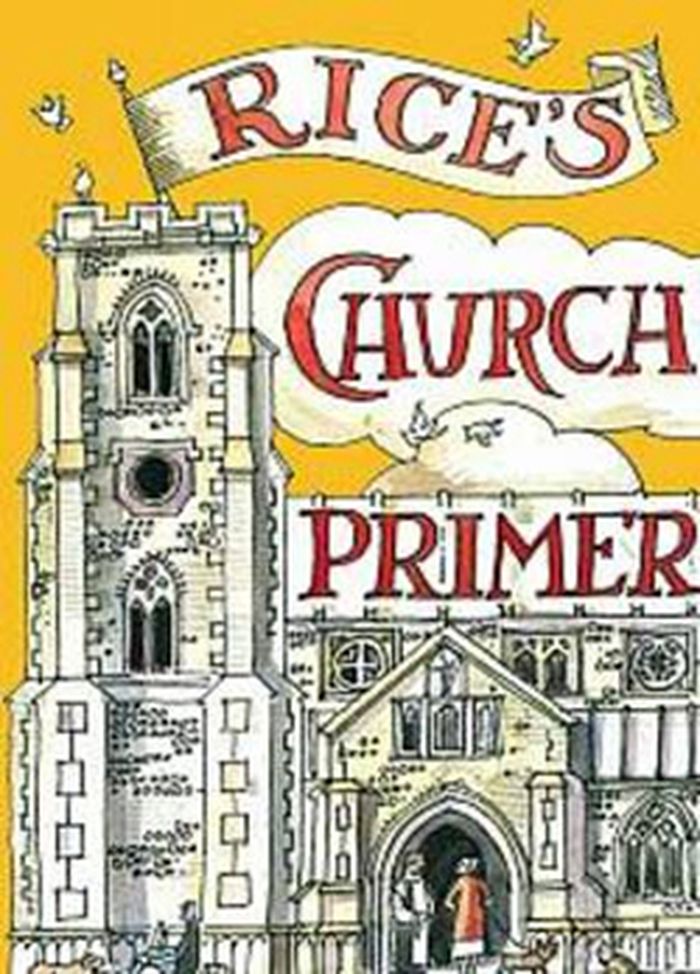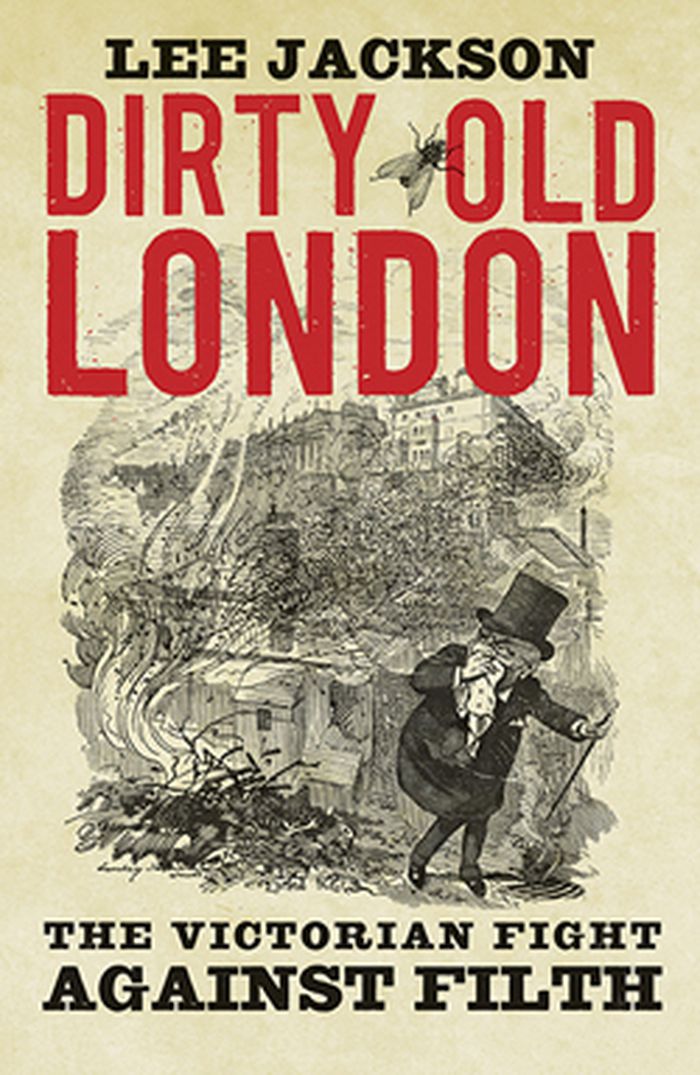Rice's architectural primer
$32.00
(available to order)
Summary:
A beautifully packaged, idiosyncratic introduction to British building styles, by the acclaimed illustrator and architectural enthusiast Matthew Rice. Covering the grammar and vocabulary of British buildings and the evolution of styles from Norman castles to Norman Foster, the aim is to enable the reader to recognise, understand and date any British building. As(...)
Rice's architectural primer
Actions:
Price:
$32.00
(available to order)
Summary:
A beautifully packaged, idiosyncratic introduction to British building styles, by the acclaimed illustrator and architectural enthusiast Matthew Rice. Covering the grammar and vocabulary of British buildings and the evolution of styles from Norman castles to Norman Foster, the aim is to enable the reader to recognise, understand and date any British building. As Matthew Rice says, ‘Once you can speak any language, conversation can begin, but without it communications can only be brief and brutish. The same is the case with Architecture: an inability to describe the component parts of a building leaves one tongue-tied and unable to begin to discuss what is or is not exciting, dull or peculiar about it.’ With this book in your hand, pocket or car, buildings will break down beguilingly into their component parts, ready for inspection and discussion. There will be no more references to that curly bit on top of the thing with the square protrusions. Ungainly and inept descriptions will be a thing of the past and, fluent in the world of volutes, hood moulds, lobed architraves and bucrania, you will be able to leave a cathedral or country house with as much to talk about as a film or play.
History until 1900, Great Britain
$70.00
(available to order)
Summary:
Focusing on the correspondence between the period's built environments and its literary pursuits, Building Romanticism argues that at this turbulent moment in British history a number of politically charged and aesthetically resonant architectural spaces, both real and imagined, negotiated intense anxieties about shifting notions of gender and sexuality, increased class(...)
Building romanticism : literature and architecture in Nineteenth-Century Britain
Actions:
Price:
$70.00
(available to order)
Summary:
Focusing on the correspondence between the period's built environments and its literary pursuits, Building Romanticism argues that at this turbulent moment in British history a number of politically charged and aesthetically resonant architectural spaces, both real and imagined, negotiated intense anxieties about shifting notions of gender and sexuality, increased class mobility, the individual's uncertain place in history, challenges to the British national character and to the project of nation building, and the very form and function of art itself.
History until 1900, Great Britain
$35.00
(available to order)
Summary:
Benjamin Franklin secretly loved London more than Philadelphia: it was simply the most exciting place to be in the British Empire. And in the decade before the outbreak of the American Revolution, thousands of his fellow colonists flocked to the Georgian city in its first big wave of American visitors. At the very point of political rupture, mother country and colonies(...)
When London was capital of America
Actions:
Price:
$35.00
(available to order)
Summary:
Benjamin Franklin secretly loved London more than Philadelphia: it was simply the most exciting place to be in the British Empire. And in the decade before the outbreak of the American Revolution, thousands of his fellow colonists flocked to the Georgian city in its first big wave of American visitors. At the very point of political rupture, mother country and colonies were socially and culturally closer than ever before. In this first-ever portrait of eighteenth-century London as the capital of America, Julie Flavell recreates the famous city's heyday as the centre of an empire that encompassed North America and the West Indies. The momentous years before independence saw more colonial Americans than ever on London's streets: wealthy Southern plantation owners in quest of culture, slaves hoping for a chance of freedom, Yankee businessmen looking for opportunities in the city, even Ben Franklin seeking a second, more distinguished career. The stories of the colonials, no innocents abroad, vividly recreate a time when Americans saw London as their own and remind us of the complex, multiracial - at times even decadent - nature of America's colonial British heritage.
History until 1900, Great Britain
$34.99
(available to order)
Summary:
Ever wondered why the floors in our terraced houses are different heights? Or what the landscape round where you live looked like before it was built on? And did you know you can date a building by its window sills? This publication tells us why and how. Harry Mount takes us on an engrossing tour of Britain's architecture, exploring the quirks, foibles and tiny details(...)
A lust for window sills: a lover's guide to British buildings from portcullis to pebble-dash
Actions:
Price:
$34.99
(available to order)
Summary:
Ever wondered why the floors in our terraced houses are different heights? Or what the landscape round where you live looked like before it was built on? And did you know you can date a building by its window sills? This publication tells us why and how. Harry Mount takes us on an engrossing tour of Britain's architecture, exploring the quirks, foibles and tiny details that make our buildings unique, and revealing the fascinating stories and anecdotes behind them along the way.
History until 1900, Great Britain
Behind closed doors
$31.95
(available to order)
Summary:
Amanda Vickery unlocks the homes of Georgian England to examine the lives of the people who lived there. Vickery makes ingenious use of upholsterer’s ledgers, burglary trials, and other unusual sources to reveal the roles of house and home in economic survival, social success, and political representation during the long eighteenth century. Through the spread of formal(...)
Behind closed doors
Actions:
Price:
$31.95
(available to order)
Summary:
Amanda Vickery unlocks the homes of Georgian England to examine the lives of the people who lived there. Vickery makes ingenious use of upholsterer’s ledgers, burglary trials, and other unusual sources to reveal the roles of house and home in economic survival, social success, and political representation during the long eighteenth century. Through the spread of formal visiting, the proliferation of affordable ornamental furnishings, the commercial celebration of feminine artistry at home, and the currency of the language of taste, even modest homes turned into arenas of social campaign and exhibition.
History until 1900, Great Britain
$90.00
(available to order)
Summary:
In this view of London, Farrell looks beyond the contribution of individual buildings to the city. He creates a larger, more exciting frame, charting how the capital’s messy and complex shape has been hewn out of a series of layers – natural and manmade, so the Thames and the natural landscape gets as much attention as the railway infrastructure, the roads and the canals.(...)
Shaping London: The patterns and forms that make the metropolis
Actions:
Price:
$90.00
(available to order)
Summary:
In this view of London, Farrell looks beyond the contribution of individual buildings to the city. He creates a larger, more exciting frame, charting how the capital’s messy and complex shape has been hewn out of a series of layers – natural and manmade, so the Thames and the natural landscape gets as much attention as the railway infrastructure, the roads and the canals. This provides a whole series of revelations that allow us to see the city afresh: How might the natural bends in the river have impacted where and what was built? How have the Thames’ tributaries affected historic boundaries and development, played out in the estates of Mayfair? How is the Roman plan for the city of London still discernible in today’s street patterns? Illustrated with original sketches, maps, archive photographs and paintings, this book provides a collage of London’s patterns and its history.
History until 1900, Great Britain
Rice's church primer
$27.00
(available to order)
Summary:
Rice's Church Primer explains the language of architecture in churches, from the restrained Norman style of William the Conqueror to the gilded excesses of the Baroque. The primer begins with an explanation of the basic 'Grammar' of churches: elevation, plan, fronts, vaults and towers. This allows the reader to easily understand what follows. Next comes the 'Vocabulary'(...)
Rice's church primer
Actions:
Price:
$27.00
(available to order)
Summary:
Rice's Church Primer explains the language of architecture in churches, from the restrained Norman style of William the Conqueror to the gilded excesses of the Baroque. The primer begins with an explanation of the basic 'Grammar' of churches: elevation, plan, fronts, vaults and towers. This allows the reader to easily understand what follows. Next comes the 'Vocabulary' of styles in chronological order, from ancient Saxon churches to modern cathedrals. Each period covers component parts like doors, windows, towers, pews, panelling and pulpits. Finally, there is a map pinpointing some of the best churches around the country.
History until 1900, Great Britain
$36.00
(available to order)
Summary:
In Victorian London, filth was everywhere: horse traffic filled the streets with dung, household rubbish went uncollected, cesspools brimmed with "night soil," graveyards teemed with rotting corpses, the air itself was choked with smoke. In this intimately visceral book, Lee Jackson guides us through the underbelly of the Victorian metropolis, introducing us to the men(...)
Dirty old London: the victorian fight against filth
Actions:
Price:
$36.00
(available to order)
Summary:
In Victorian London, filth was everywhere: horse traffic filled the streets with dung, household rubbish went uncollected, cesspools brimmed with "night soil," graveyards teemed with rotting corpses, the air itself was choked with smoke. In this intimately visceral book, Lee Jackson guides us through the underbelly of the Victorian metropolis, introducing us to the men and women who struggled to stem a rising tide of pollution and dirt, and the forces that opposed them.
History until 1900, Great Britain
